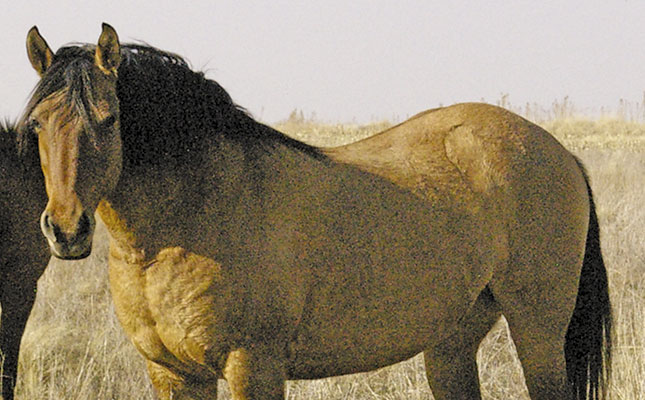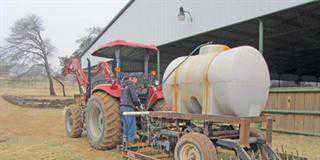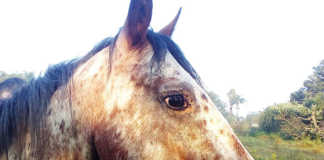
Insulin is a hormone produced by clusters of cells in the pancreas, according to Nutritional Healing by Phyllisa Balch. It controls the amount of glucose (sugar) in the blood and the rate at which glucose is absorbed into the cells. Plenty of insulin is needed when your horse eats foods high in carbohydrates. Less is required during exercise and physical activity.
The cells in the body need glucose for energy. When the body has a problem with insulin, glucose builds up in the bloodstream instead of being taken up into and used by the cells, leading to hypoglycaemia. This damages blood vessels, which may, in turn, cause eye disease, heart disease, peripheral and autonomic neuropathy (nerve damage in limbs and internal organs) and kidney disease.
The sugar in your horse’s body is derived mainly from what it eats. Horses are trickle feeders. Their digestive tracts are designed for grass and a few grains. The practice of feeding concentrate started when people began breeding working horses. Most horses’ feed is laced with sugar (molasses), while grains such as oats and mealies also increase blood glucose levels dramatically. Grass and hay also contain sugar and starch. With some grasses, if your horse eats 8kg it has effectively eaten up to 2,5kg of sugar. This is not usually a problem in a healthy animal. But if your horse is insulin-resistant, problems can arise.
Causes
Factors causing insulin- resistance include genetic predisposition, a diet high in sugar and starch, inadequate exercise, dietary/mineral imbalances, and being overweight or obese. Certain breeds, such as Arabians and Morgans, are more prone to insulin resistance. It is believed that these breeds are genetically driven to survive in environments where food is scarce. In a stable, where food is plentiful, insulin resistance might manifest itself, especially if the horses are fed incorrectly and exercised insufficiently.
Not all fat horses will have insulin resistance. But if your horse has a diet high in soluble carbohydrates, it will have high blood glucose levels, and this can lead to an increase in insulin. Increased insulin in the presence of high glucose allows glucose to flood the cells. As cells have no way of excreting glucose and must therefore use it, they become less sensitive to insulin, which decreases their permeability to glucose. Eventually, cells may lose their sensitivity to insulin to such an extent that the body cannot produce enough insulin to get glucose into the cells. The cells begin to starve and muscle wasting results, yet abnormal fatty deposits remain.
If you are worried about your horse, ask your vet to carry out a blood test. In addition, look for the following signs:
- Abnormal fatty deposits, especially along the crest and rump, and above the eyes;
- Excessive urinating (polyuria) and drinking (polydypsia);
- Voracious appetite; Laminitis (pain in the hoof).
Taking care of high risk horses
- Cut down the sugar and starch level in your horse’s diet (including hay). Ensure the animal maintains a healthy and appropriate bodyweight. Soaking the hay in water reduces the soluble carbohydrate content by up to 30%.
- Optimise the levels and balance of nutrients by feeding a reputable horse feed. Magnesium, zinc, chromium and biotin can combat insulin resistance.
- Increase activity and exercise. In general, horses are healthier if they are allowed to graze all day and are stabled for the absolute minimum. Exercise decreases blood glucose levels, and therefore insulin levels. A proper diet is no substitute for exercise and exercise is no substitute for a proper diet.
- Watch out for bulging rings on the hoof wall and a faster growth at the heel than at the toe. These are signs of an insulin problem.
Phone Kim Dyson on 082 888 6511.













